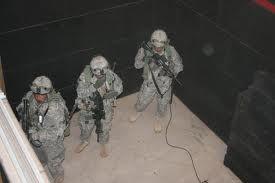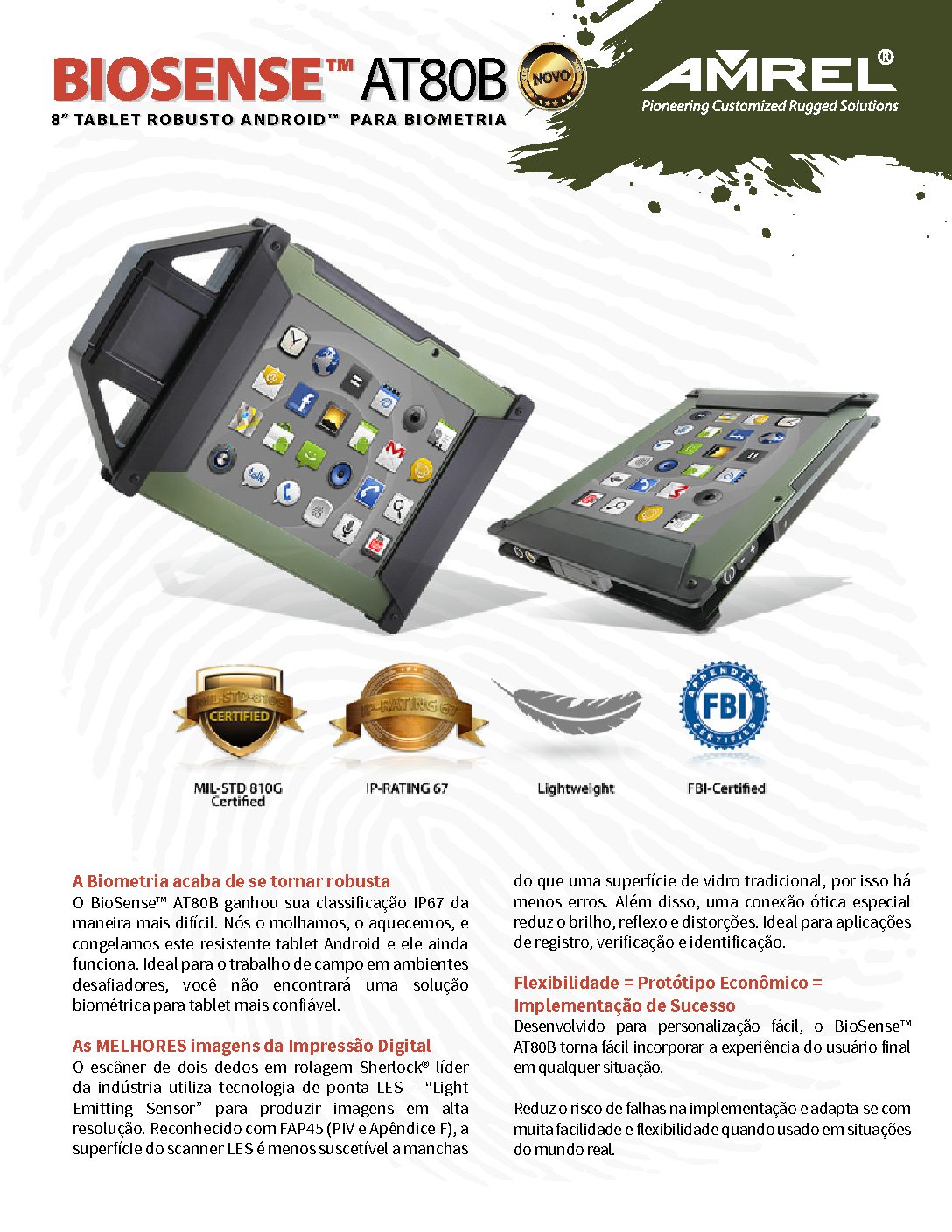 UPDATE: The shine may be starting to fade on the ARMY’s golden boy, the Network Integration Evaluation (NIE). There have been grumblings about the size of the effort (see original blog post below). Now, its price is raising eyebrows (Officials worry Army’s NIE is too expensive). NIE costs a whopping $260 million in 2012.
UPDATE: The shine may be starting to fade on the ARMY’s golden boy, the Network Integration Evaluation (NIE). There have been grumblings about the size of the effort (see original blog post below). Now, its price is raising eyebrows (Officials worry Army’s NIE is too expensive). NIE costs a whopping $260 million in 2012.
Could be that’s this is just growing pains. After all, the 2013 request is “only” $214 million, which is especially impressive considering the NIE is under pressure to grow from ambitious officers wanting to participate. This implies that the ARMY is learning how to run the evaluation more efficiently.
Still, spending hundreds of millions of dollars on a procurement process that is supposed to be “agile” and cost effective seems a bit counter intuitive. Maybe the line between boondoggle and success is thinner than is commonly realized.
Original Post: Network Integration Exercise (NIE) is the ARMY’s attempt at a quick, “Agile” acquisition process. The traditional procurement model simply can’t deal with the rapid changes that occur in network technology. So, twice a year they put a bunch of off-the-shelf items in the hands of soldiers, integrate everything, and evaluate their make-shift networks on remote desolate testing grounds. The idea is to get immediate feedback from warfighters and exploit the commercial sector’s advantage in fielding the latest advances.
NIEs are not small affairs. In addition to the resources purchasing and integrating dozens of systems, actual exercises involve more than 1,000 vehicles as well as 3,800 Soldiers of the 2nd Brigade, 1st Armored Division.
Following some sort of bureaucratic law mandating inevitable growth, each NIE appears to be getting bigger. The first NIE evaluated 29 systems, while the second one tested 47. Non-network items, such as Ground Combat Vehicles, will be included in the 2012 NIE. There are even suggestions of changing the name to Capability Integration Evaluation or Integration Capability Event to more accurately reflect its wider scope.
Some are grumbling that the NIE is getting too big. DOD Buzz discusses these complaints in The Army’s NIE tightrope: Striking the right balance. Since the NIE is the one bright spot in the ARMY’s dismal procurement record, some officers are competing to get into it, whether their programs are appropriate or not.
The comments section in the above-mentioned article reflects further discontent. One commenter said that the there were too many variables to generate suitable feedback, and too little time between NIEs to appropriately absorbed the “lessons learned.” Another questioned the feasibility of an “a la carte network” being secure or interoperable.
Vendors are complaining about the costs ($25,000 just for the whitepaper), as well as the lack of commitment to actually buy from the NIE. Something like 25 or 35 products must be provided per exercise. What if the product is a system composed of several units, each made by a different company? That means that each company has to agree to spend many thousands of dollars on a product, for which there may be no RFP or acquisition order.
“The NIE is a good thing,” says Richard Lane, AMREL’s Vice-President of Business Development who has participated in similar exercises. “It’s part of the Agile acquisition process, which is designed to remove the burden of development from the government and put it on businesses. That means that business must have confidence in its technology, as well as the government’s procurement process. If the government fails to follow through with the appropriate acquisitions, it will end up worse than it did before.”
So far, only one “sources sought” notice has been issued (for a single-channel, vehicle-mounted radio).
In spite of the lack of actual procurements generated by the NIE, I think it is too quick to dismiss the success of these events. For one thing, from the ARMY’s point-of view, canceling an acquisition is as important as creating one (and often a lot more difficult). The NIE claimed its first scalp with the cancelation of Boeing’s Ground Mobile Radio. Also, as reported in this blog’s posting, NIE Smartphone Result, the NIE yielded a lot of significant information, including the total uselessness of commercial non-rugged smartphones in combat scenarios.
The NIE, like the networks it tests, is a work in progress.








